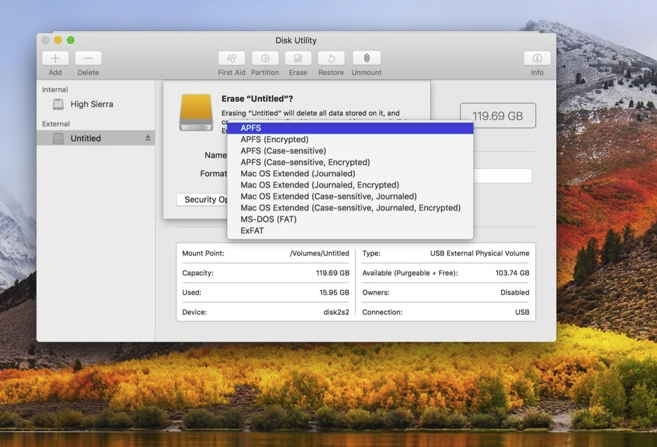


Just make sure that, when you open the programs, you hold down the Option key and select the location of the original library. Unless you have already started saving new data to the drive with High Sierra, you can go ahead and delete them from your new boot drive. Your personal libraries are going to be the biggest (Movies, iTunes, and Photos). The only thing to do once that happens is to dig through and manually delete files. I went from having a completely empty spare drive to having barely any space at all left on my iMac. You’ll have a (mostly) cloned system with duplicates of all of your data. In case you’re like me, though, and ignore that advice, you’re going to end up with a nasty surprise when High Sierra (finally) completes transferring data hours later. The good news is that if you install High Sierra on a SSD, it will automatically be converted to APFS, Apple’s new, speedy, file system.

Remember, once you install High Sierra on the target drive, you’ll be able to access your files in the RAID set again. Unless you have enough room to transfer your entire system, resist the temptation to pull over tons of files when the “Transfer Data to your Mac” assistant pops up during installation. You can even use an external drive, but make it a fast one, because it’s going to be your new boot drive (alternately, if you have a really big extra drive, you can clone your data to that drive, install High Sierra on that, then clone everything back to your RAID set). The installer needs 5GB of space, so plan accordingly. If you're lucky enough to have additional storage installed on your iMac, you can load High Sierra on that drive.


 0 kommentar(er)
0 kommentar(er)
